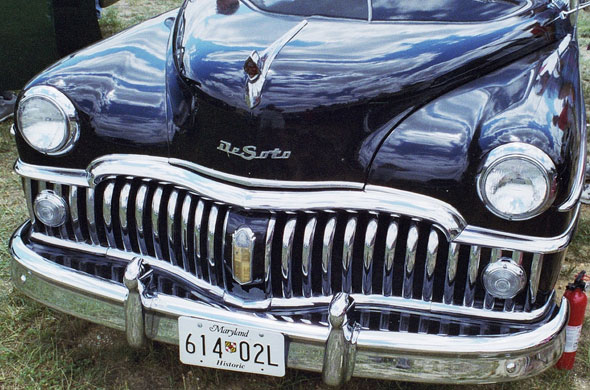
Those old cars were pretty, but the leaded gasoline that ran them could be linked to crime. Photo used under Creative Commons license courtesy bsabarnowl.
High childhood lead exposure can lower intelligence and trigger aggression about 20 years later, and many now link it to crime.
The mayor’s commission on violent crime mentioned it among possible crime causes in a report released this week.
Rex Archer, city health director, also mentioned it as a possible factor during a recent report on injuries and deaths from gunfire.
And in a recent article in Mother Jones, reporter Kevin Drum drew from many studies to suggest lead emissions from gasoline triggered a nationwide crime wave from the 60s to early 90s.
Children – especially those in cities – exposed to the lead gas emissions in the 1950s and 60s became criminals about two decades later, according to the theory.
As the lead went away when regulations started removing it from gas in the 1970s, crime dropped two decades later and continued to drop as children grew up with intact brains, under Drum’s theory.
Crime, including murders, did decline dramatically in many cities starting in the early 1990s – as mysteriously as it shot up in the 1970s.
Archer said, “About 10 years ago we took down the detectors in the city monitoring lead because we had gotten zero lead for so many years it wasn’t worth it.”
Unfortunately, while violent crime went down in Kansas City the number of homicides has stayed stubbornly high.
In 1968, there were 99 homicides for the first time since the 1920s. Since then, except for nine years, there have been 100 or more. The all-time record in 1993 was 153 homicides.
That does not mean lead did not play a role in the killings, Archer said, lead not only in gas but in old paint that flakes and turns to dust at old city housing.
“Homicides are multi-factored – they’re complex issues and the lead is just one of the factors,” he said.



Who’s talking